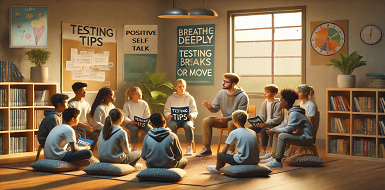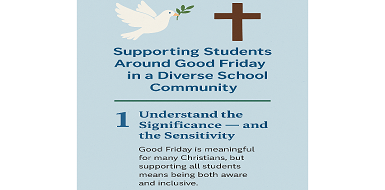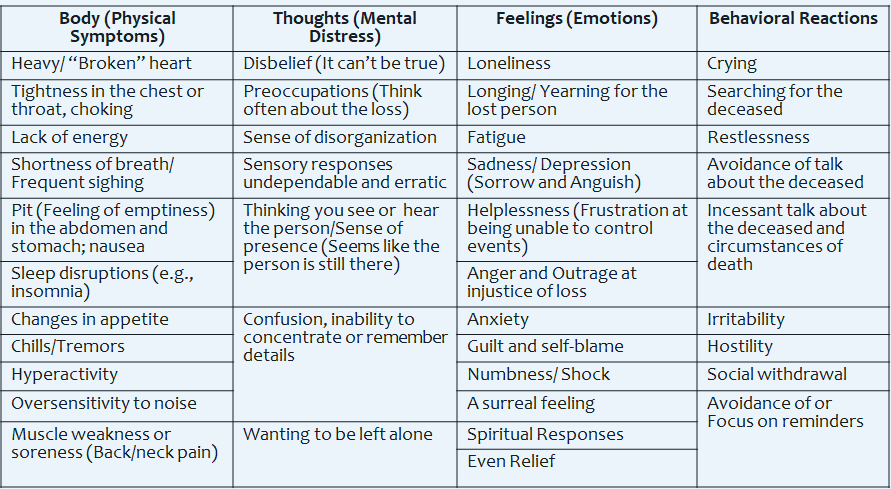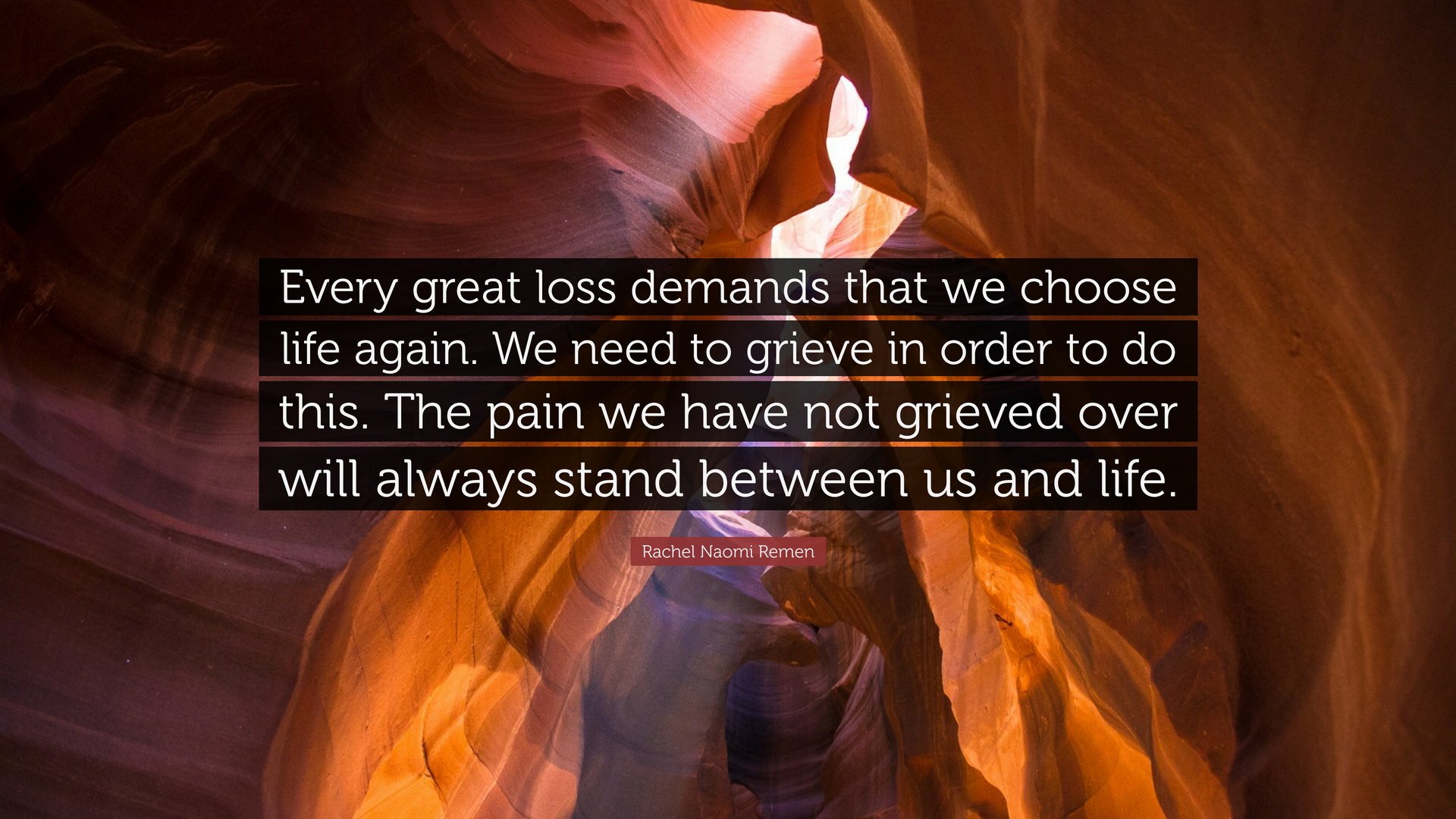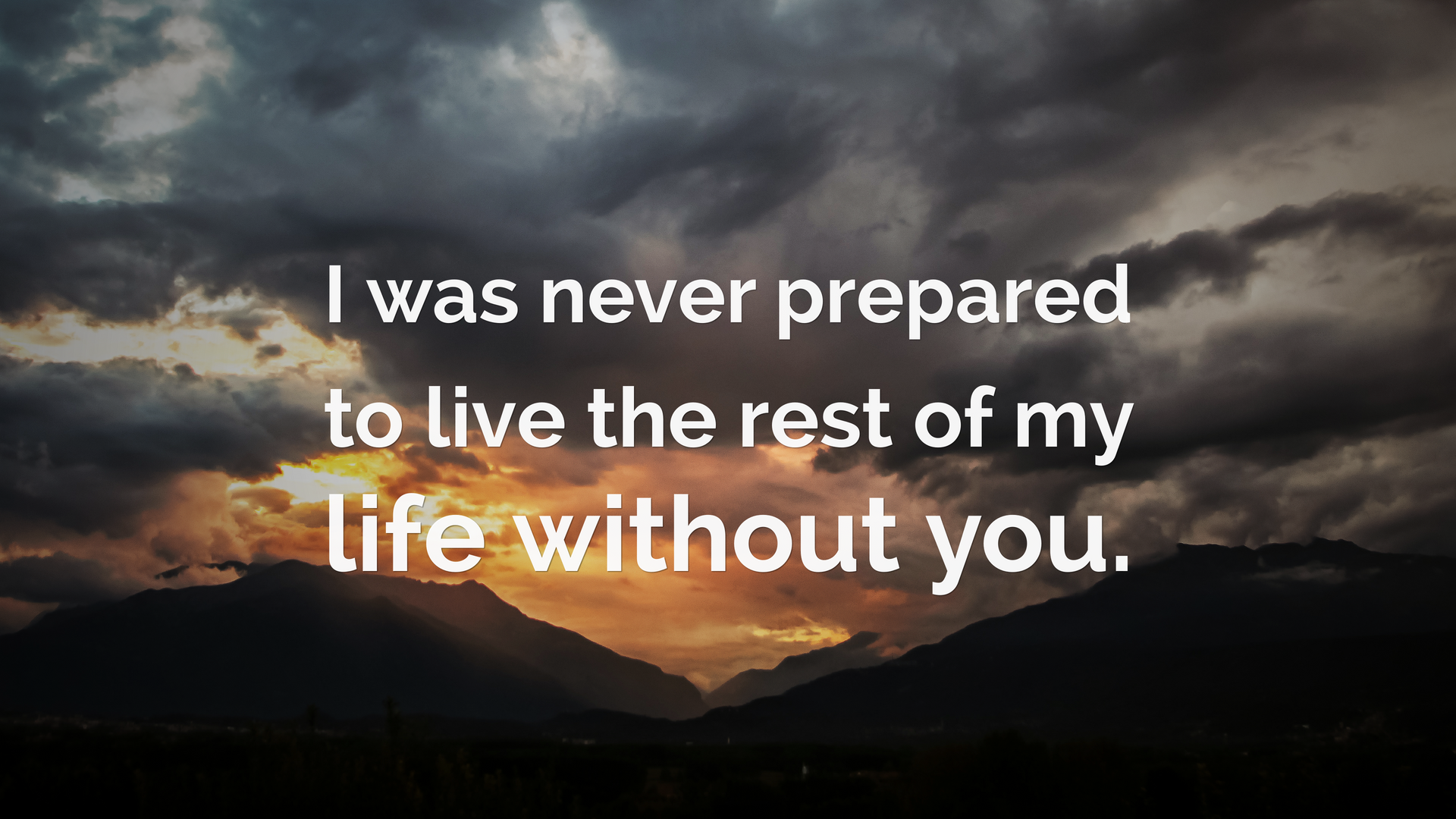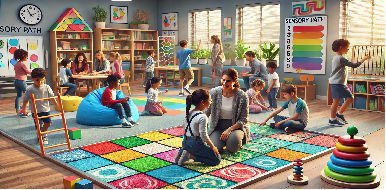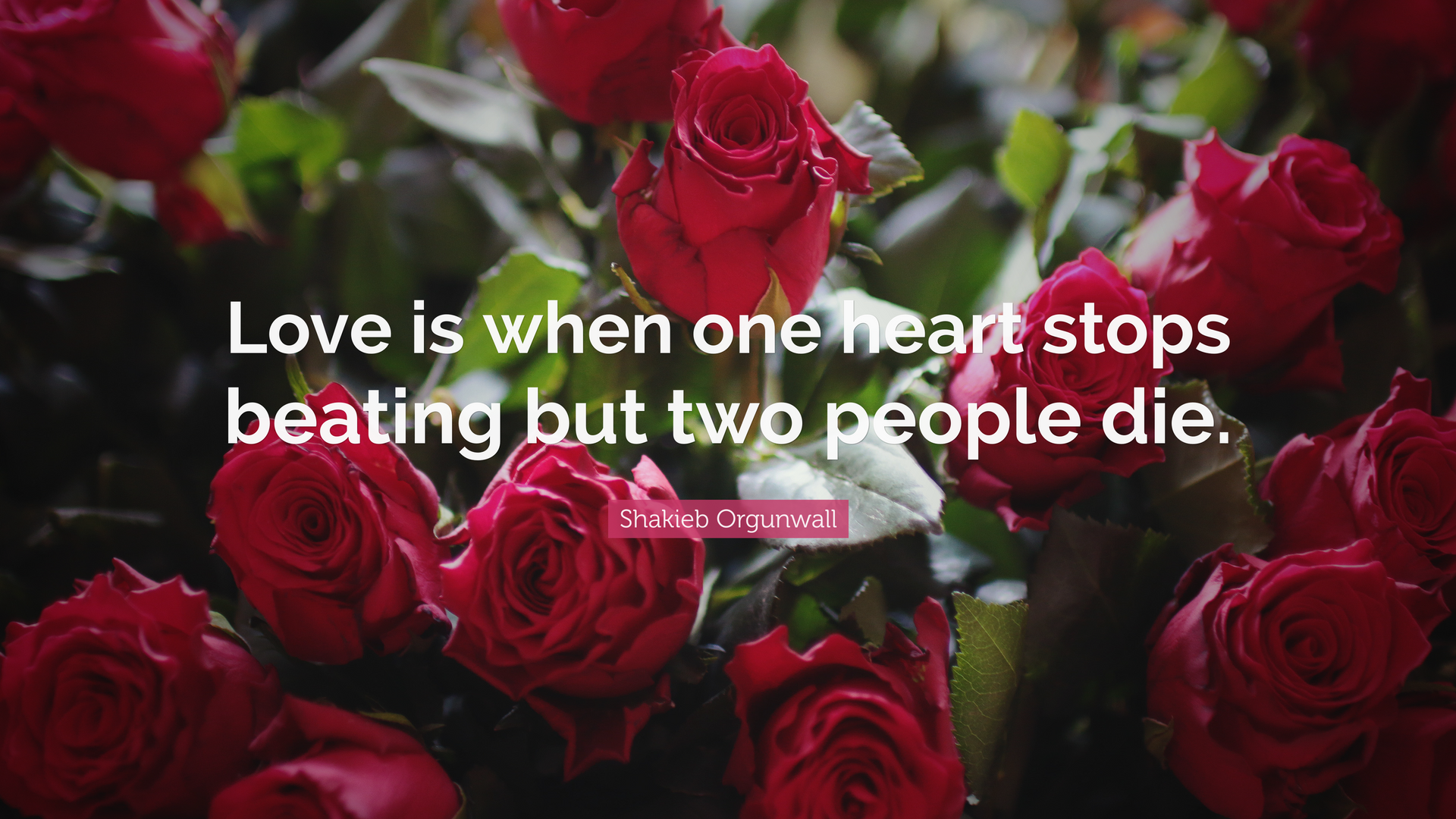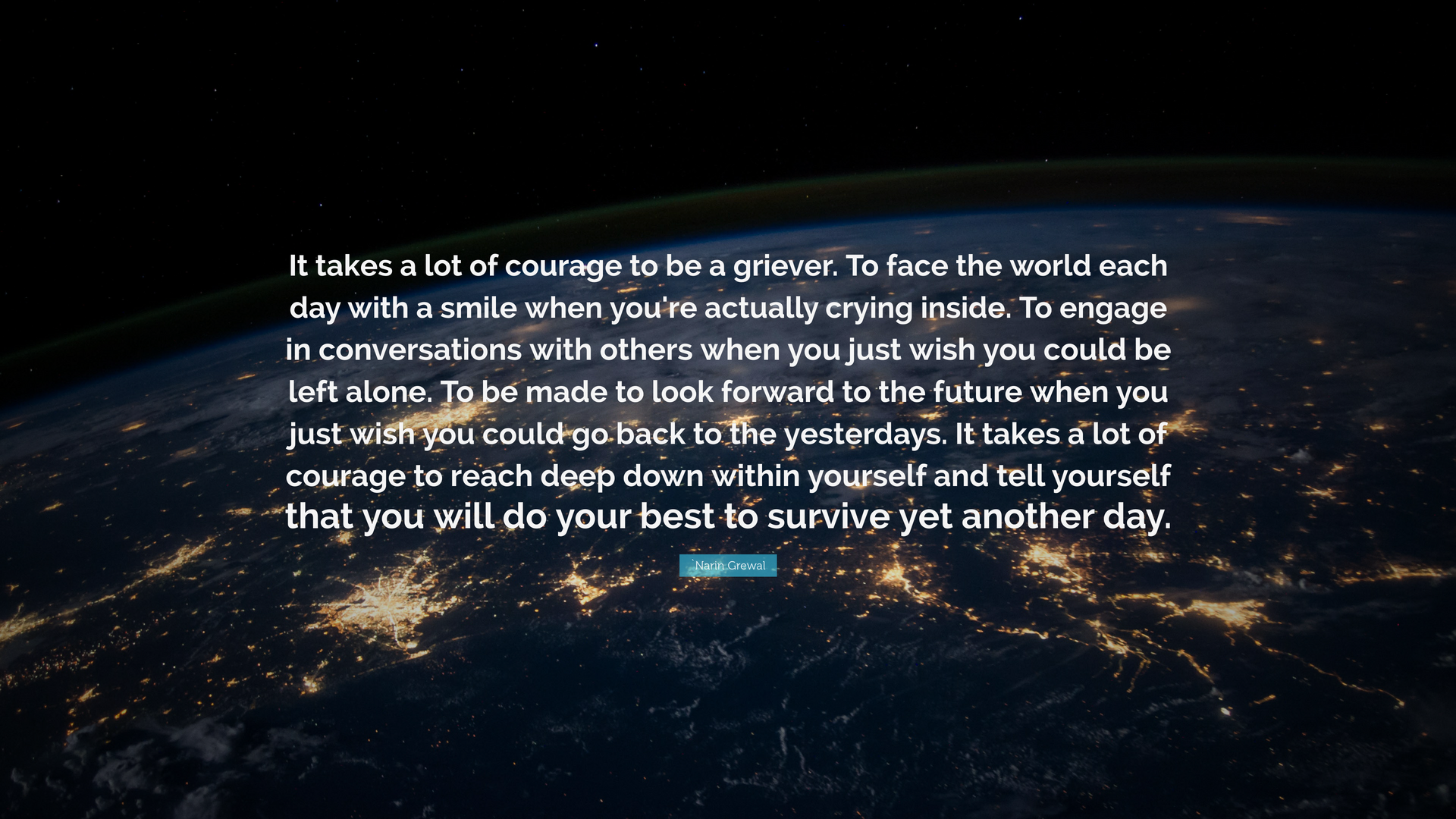Blog
Whether changed by intentional purpose through counseling or by life circumstances through grief and crisis, we are all growing and learning. This page shows all blogs, which share my experiences through:
- School Counseling: Sharing strategies and knowledge from a career of over 30 years and continuing,
- Grief: Sharing knowledge from my own experience of the intense loss of my soul mate in 2020 supported from my education in counseling, and
- Our Love Story: Sharing my personal journal of our love story as a beginning step to heal. My hope is that sharing my journey might help you.
Each division can be reached by clicking the blogs tab associated with the division or by using the search bar.
